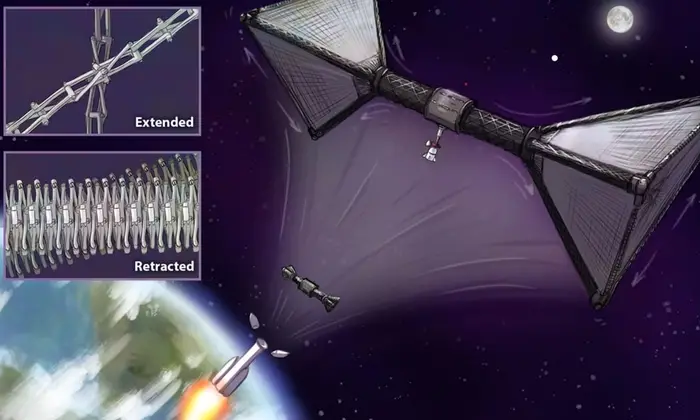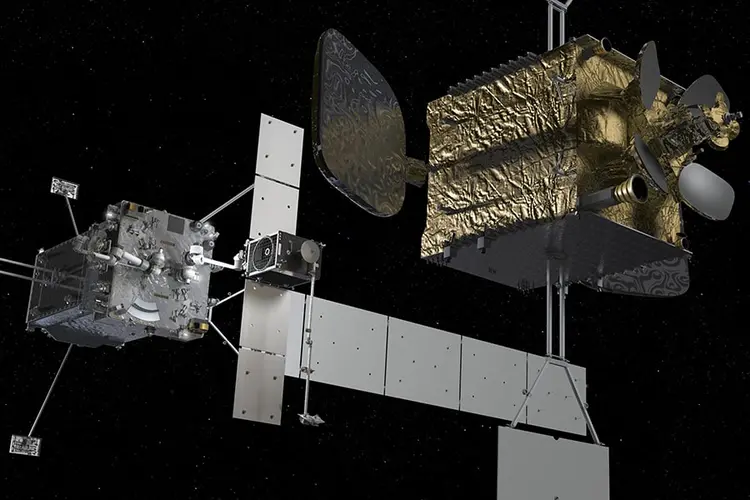CMU, University of Washington Use NASA Funding To Investigate Folding Space Structures
Media Inquiries
Research aimed at creating the spinning space stations common in science fiction received a recent boost from NASA.
The space agency provided an additional $500,000 in funding to Carnegie Mellon University's Zac Manchester(opens in new window) and the University of Washington's (UW) Jeff Lipton to continue their work to design and build foldable structures that fit into a tiny compartment for launch and then expand into massive super-structures once in outer space. Spinning structures will likely need to be near a kilometer in length to mimic the Earth's gravity, while rotating slowly enough to avoid making people ill.
"To get anything near the Earth's gravity, you have to spin small structures very quickly. And when you spin things quickly, people get sick," said Manchester, an assistant professor in CMU's Robotics Institute(opens in new window). "One or two rotations per minute is about all people can handle, but we'll need something a kilometer in length to spin at that speed to generate enough gravity."
Whatever launches into space must fit in the nose cone of a rocket, so a kilometer-long structure is out of the question. Manchester and Lipton are creating a single-truss structure that folds compactly enough to fit into a five-meter container as part of their Kilometer-Scale Space Structures From a Single Launch project(opens in new window), which uses mechanical metamaterials.
NASA selected the project for its Innovative Advanced Concepts(opens in new window) (NIAC) program, the agency's far-out, cutting-edge and boundary-pushing research arm similar to the Department of Defense's DARPA projects. Future NASA missions, including long-term lunar exploration and traveling to Mars, will require lengthy stays in space, increasing the need for artificial gravity. Other researchers have tried using tethers to generate the required gravity or launching raw materials and using robotic construction equipment to assemble structures in orbit.
During phase one of their NIAC funding, which began early in 2021, Manchester and Lipton demonstrated the viability of their proposal and identified several technical problems requiring further research. NASA recently approved the project for phase two, providing an additional $500,000 over two years.
The funding will allow Manchester and Lipton to develop working prototypes of their structure. The pair estimates that a meter-scale prototype will have thousands of links that must expand without jamming while being subjected to the harsh environments and challenging limitations of space. Lipton, who heads the Center for Digital Fabrication at UW, will lead the design of the intricate folding structures. Manchester, who leads CMU's Robotic Exploration Lab, will focus on simulating and controlling the deployment of the structures in space.
Once the pair have working prototypes of their structures, they hope to test them during parabolic flights that produce zero-gravity conditions. With their constant ups and downs, these flights are often referred to as "vomit comets," an interesting way to test technology designed to keep people from getting sick.

